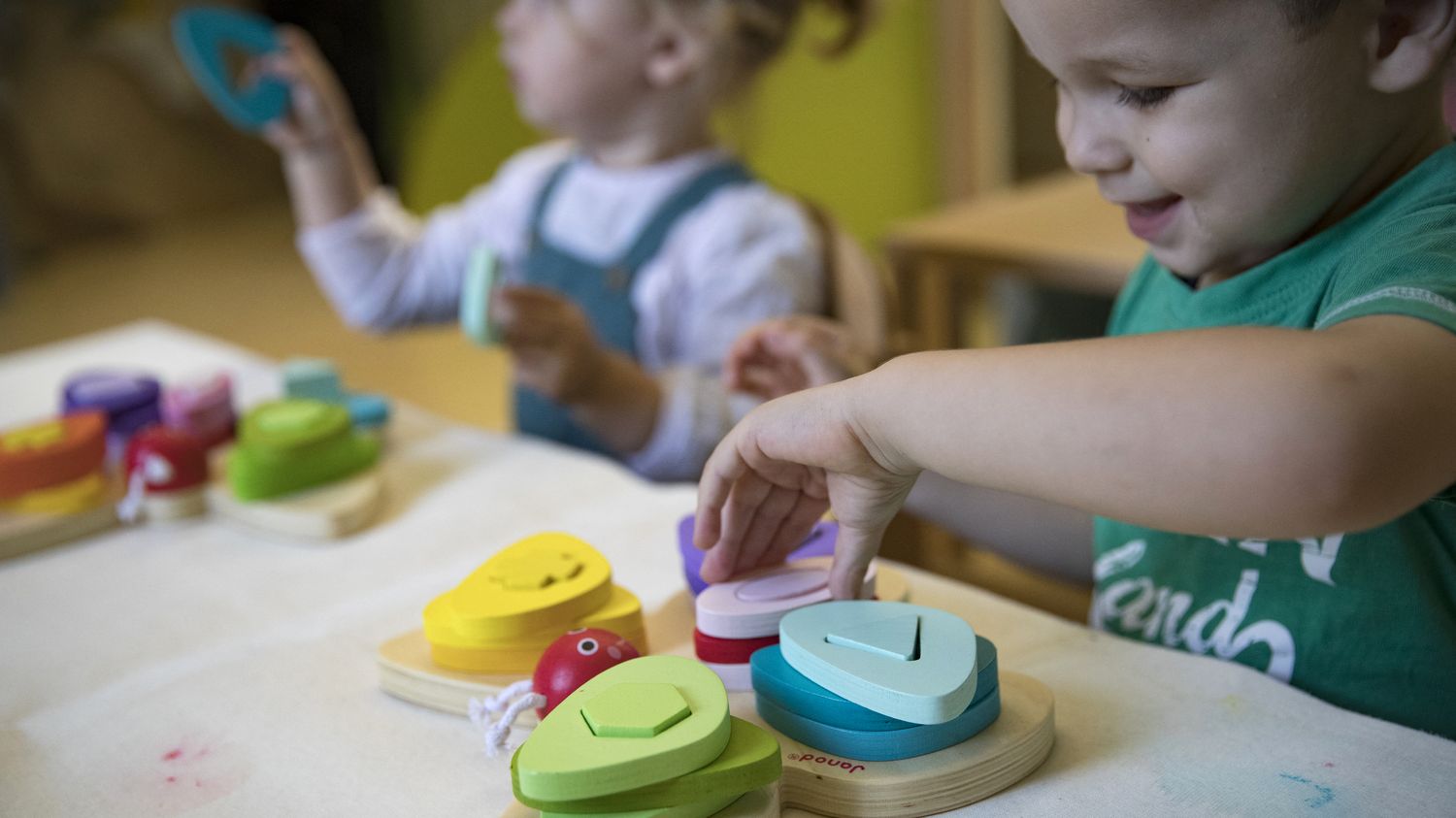Following the revelations by journalist Victor Castanet on the excesses of the private sector, several associations in the early childhood sector are calling for a plan for the training and remuneration of staff.
Published
Reading time: 2 min

They denounce the “deterioration” of the conditions of reception of children under three years old. A collective bringing together around fifty associations and organizations from the early childhood sector is calling, on Tuesday, September 17, for an emergency plan for the training and improvement of working conditions for staff. A call that coincides with the publication of the investigative book “Les Ogres”, by the journalist Victor Castanet, which highlights the excesses of private daycare centers.
Private or public, how is the reception of toddlers organized in collective establishments in France? What are the rules?
France currently has 460,000 collective childcare places. Half of them are in public daycare centers. The other half is divided roughly equally between associative daycare centers (non-profit) and private daycare centers. Babilou, People and Baby or Les petits chaperons rouges.
It is in these private groups that the majority of places created have been recorded in recent years, according to a report from Matignon published in 2021. With an increase in micro-crèches, these establishments which do not accommodate more than a dozen children, knowing that the largest structures go up to 60 places.
Regardless of their method of financing, daycare centers must comply with the same reception conditions set by law. In particular, there is the 40/60 rule: teams must be made up of 40% qualified staff – who have a diploma in childcare, nursing or even education – and 60% qualified staff – that is to say, those with a lower level of education, such as a CAP or a professional baccalaureate.
Another rule: in a nursery, the maximum overall supervision rate is one adult for six children. It is possible to accept a little more children than the planned reception capacity. This is what is called “surplus numbers”. But the establishments that practice it must limit themselves to a maximum number of reception hours per week. In addition, there is a whole specific protocol to follow in terms of child health, hygiene and safety.
Even though this legal framework concerns all structures, in reality, not all of them comply with it. In April 2023, a report from the General Inspectorate of Social Affairs drew up a damning observation: in too many daycare centers, the awakening and emotional security of toddlers were not ensured. The Igas even reported cases of mistreatment. And listed three structural problems: the low supervision rate, the shortage of professionals and insufficient controls.
A year and a half later, an information report from the National Assembly has been added to the pile of recommendations to improve daycare. Early childhood stakeholders are still calling for a profound reform of the sector.
